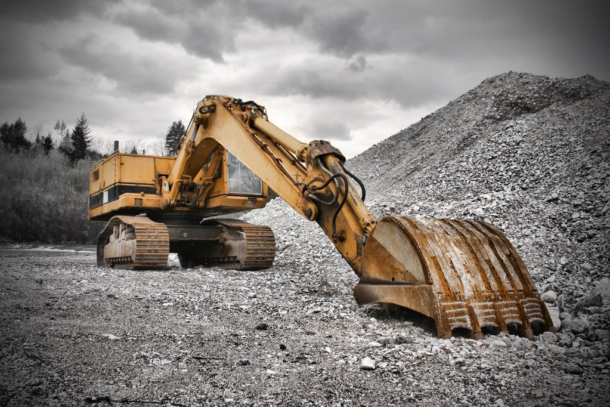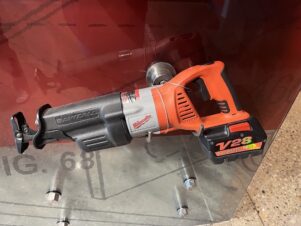Building sites are frequented by heavy construction vehicles. These vehicles come in handy as it would be difficult for you and other contractors to carry out your responsibilities without these important resources.
Unfortunately, these heavy-duty machines do present a serious risk to the safety of those using them and those nearby.
To avoid accidents and guarantee the safe and efficient use of vehicles, a construction business owner needs to put in place an efficient risk management plan in addition to other vital tactics.
You should note that failure to perform these actions may result in increased premiums for workers’ compensation insurance as well as other costs.
How do you safely operate your construction vehicles? Here is how to go about it:
Keep the vehicles in top condition
An unsafe construction vehicle is one of the major contributing factors to on-the-job accidents. To stay on the safe side, ensure that no worker operates or rides in a car that is not in good working order.
To keep issues from mounting up and making the vehicles a risk, you should keep up with normal maintenance and conduct routine inspections of all machinery.
If you encounter a problem, don’t try to risk it. Instead, remove it from the task and fix it as quickly as feasible. Remember that if you have to replace any parts, go for genuine parts from a reputable source, such as DPF Parts Direct.

Ensure the operators have the correct training
Every piece of equipment that your employees will be handling should be operated safely after thorough training on the correct operating methods. It is best to combine classroom learning with real-world, hands-on experience while conducting training.
Safety, hazard detection, equipment safety features, and safe heavy equipment maneuvering are among the topics that you should discuss during the training.
You should train your employees on safe mounting and dismounting techniques and the correct way to turn on each vehicle.
You should also ensure they are well-versed in the lifting and weight-bearing capacities of the machinery they will be using.
Remember to provide retraining and refresher courses when necessary, particularly when a worker is seen using equipment improperly or dangerously.
Ensure that every vehicle is operated by a qualified professional.
Be aware of the surroundings
When using construction vehicles, you should be aware of your surroundings and any hazards. If de-energizing overhead electricity lines isn’t an option, create barriers to prevent objects from coming into contact with them.
When excavating, ensure that all subterranean utilities, including gas, water, and electrical, have been located and marked accurately to prevent harming them and causing delays and additional labor.
Ensure that you can see everyone working on the site and that everyone is out of areas where the construction vehicles are in use.
When it comes to the vehicle operators, they must be conscious of their swing radius, particularly in confined locations. This comes in handy in preventing running into coworkers, onlookers, or nearby cars or machinery.
Keep the vehicles clean
Construction sites are notorious for their muddy, dusty, uneven, and difficult topography, which exposes the machinery to exceptionally hard circumstances.
This may wear out the machine’s components, increasing the likelihood of malfunctions. As you can tell, well-maintained equipment lasts significantly longer and functions safer than dirty machinery.
So you should keep your vehicles as clean as possible at all times.
Get rid of any dirt or other particles that can become lodged and damage your construction equipment. The cool thing is that there is no formula for cleaning vehicles. Simple cleaning is enough.
Ensure all cargo is securely held in place.
Although they can be used for a variety of tasks, many construction workers use their trucks to move tools and equipment. As much as this might save you some time and money, you should note that doing so can pose a serious risk to your safety.
When moving around the work site, ensure that you have fastened down any goods or that you have a barrier in place to safeguard those within the vehicle or on the ground.
Remember that even a little tool on the job could turn into a lethal projectile if safety precautions aren’t taken.
Use the vehicle for its intended purpose
Every piece of construction vehicle is intended to carry out a particular function. For example, wheel loaders are not designed to be used as an aerial lift and to transport workers in their buckets; excavators are not cranes.
Use the equipment as intended by the maker, selecting the appropriate piece for the task at hand.
Even when using the right vehicle for its intended purpose, don’t overuse or stress out your vehicle. Pay attention to the equipment’s lift or payload capabilities.
If your equipment isn’t adequate to do the work, you might need to buy or rent a larger piece. Before lifting any material, make sure that all riggings are securely fastened. You should also avoid trying to go too quickly, as you can break the rigging ropes.
Take care of those not using the vehicles
Those working on the ground level are also at risk for injury or death from construction vehicles. The Occupational Health & Safety Magazine states that there are a few things that you need to do to ensure the safety of those working near the vehicle.
First and foremost, you should ensure that your employees are dressed appropriately for their jobs. As a rule of thumb, they should wear reflective outfits that make it easy for drivers to see them when they are driving.
Regarding car movements, all employees need to be in communication with one another. Being aware of risks is the best risk management strategy. People on the job site can stay out of risky circumstances as long as they are aware of what is going on around them.
Parting shot
These are some of the measures you should take to ensure that you operate your construction vehicles safely. As mentioned, ensure that there is proper training and communication and that all the vehicles are in top condition.




Join the conversation: